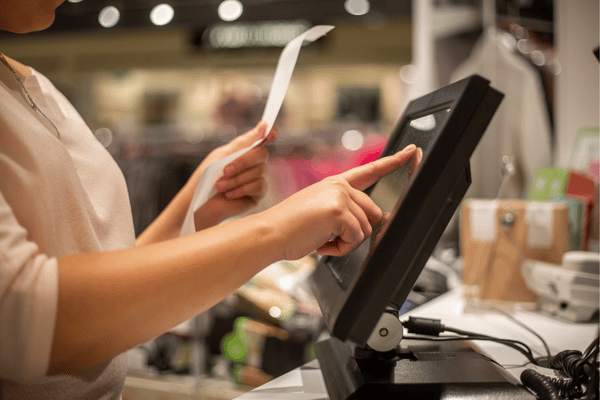How POS Analytics Help Businesses Understand Customer Preferences

In today’s competitive business landscape, understanding customer preferences is essential for success. With evolving consumer behavior and expectations, businesses need to leverage technology to gather and analyze data effectively. A Point of Sale (POS) system is no longer just a tool for processing transactions—it has evolved into a powerful data-driven solution that helps businesses understand their customers better. POS analytics provide valuable insights that can enhance customer satisfaction, improve sales strategies, and drive business growth.
What is POS Analytics?
POS analytics refers to the data collection and analysis capabilities of modern Point of Sale systems. These systems track customer transactions, sales trends, inventory movement, and employee performance, offering businesses a deep understanding of customer behavior. By analyzing this data, businesses can make informed decisions, personalize marketing efforts, and optimize the customer experience.
How POS Analytics Help Businesses Understand Customer Preferences
1. Tracking Purchasing Behavior
A POS system records every transaction, enabling businesses to track customer purchases over time. This helps in identifying which products or services are most popular, peak shopping times, and seasonal buying trends. Understanding what customers buy and when allows businesses to adjust their inventory and marketing strategies accordingly.
2. Identifying Best-Selling Products
POS analytics provide reports on which items sell the most and which ones are underperforming. By analyzing these patterns, businesses can make informed decisions about stocking inventory, promoting high-demand products, and discontinuing slow-moving items. This ensures that customers always find what they are looking for, enhancing their shopping experience.
3. Enhancing Personalized Marketing Campaigns
With POS analytics, businesses can segment customers based on their purchase history and preferences. This enables them to create personalized promotions, discounts, and loyalty programs. For example, if a customer frequently buys a certain brand, the business can send targeted offers for that brand, increasing the likelihood of repeat purchases.
4. Understanding Customer Demographics
POS systems collect data such as age, gender, location, and shopping habits, providing businesses with insights into their customer demographics. This information is crucial for tailoring product offerings, store layout, and marketing campaigns to better serve specific customer segments.
5. Optimizing Inventory Management
One of the biggest challenges businesses face is maintaining the right inventory levels. POS analytics provide real-time inventory tracking, helping businesses avoid stockouts and overstocking. By analyzing which products are in high demand, businesses can restock efficiently, ensuring customers always find their preferred items in stock.
6. Improving Customer Loyalty Programs
POS analytics can track customer loyalty program participation and identify which rewards or discounts drive engagement. This data helps businesses refine their loyalty programs to offer incentives that truly resonate with customers, encouraging them to return and make repeat purchases.
7. Enhancing Customer Service
By analyzing transaction histories, businesses can quickly resolve customer inquiries and complaints. For example, if a customer wants to return a product but has lost the receipt, a POS system can retrieve past purchases, making the return process smoother. Efficient and data-backed customer service leads to higher satisfaction and stronger brand loyalty.
8. Predicting Future Trends
Advanced POS analytics can help businesses forecast future sales trends based on historical data. This predictive capability allows companies to plan promotions, adjust pricing strategies, and stock up on in-demand products ahead of peak seasons, ensuring they stay ahead of customer expectations.
Conclusion
POS analytics play a critical role in helping businesses understand customer preferences, enabling them to make data-driven decisions that enhance the shopping experience. From tracking purchasing behavior to optimizing inventory and personalizing marketing campaigns, the insights derived from a POS system can significantly impact customer satisfaction and business success. By leveraging POS analytics effectively, businesses can not only improve their operational efficiency but also build stronger relationships with their customers, ultimately leading to increased sales and brand loyalty.






